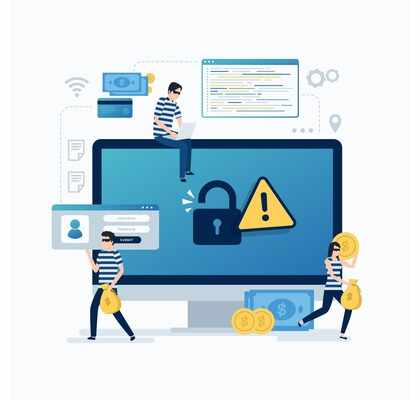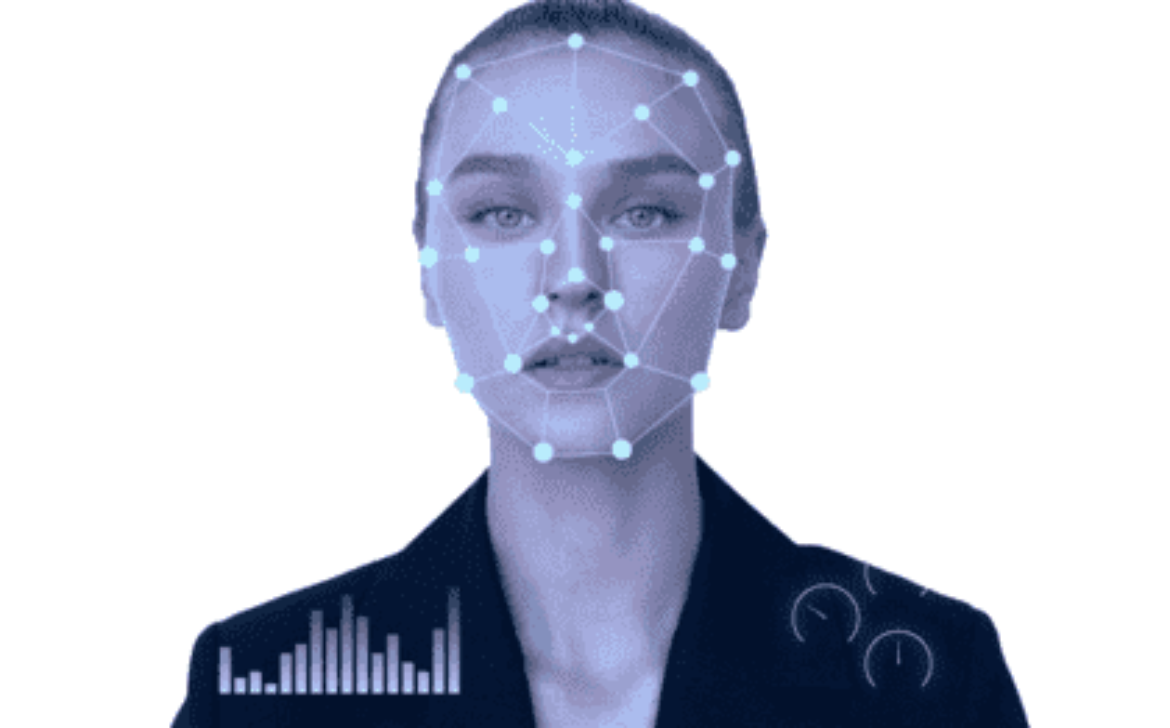Dark Web and Its Threat to Cybersecurity: What You Need to Know
The internet has brought about significant advancements in technology and connectivity, but it has also provided an avenue for cybercriminals to carry out illegal activities with relative anonymity. One such avenue is the dark web, a hidden part of the internet that requires specific software, configurations, and authorization to access. While not all activities carried out on the dark web are illegal, it has become a haven for cybercriminals and hackers to conduct their activities, making it a significant threat to cybersecurity. In this blog post, we’ll explore the dark web, its threats to cybersecurity, and what you need to know to protect yourself and your business. The dark web is a part of the internet that is not indexed by search engines and cannot be accessed through traditional web browsers. It is only accessible through specialized software such as Tor, which allows users to browse the internet anonymously. The anonymity provided by the dark web has made it a hub for illegal activities such as drug trafficking, weapon sales, and money laundering. It has also become a marketplace for stolen personal and financial information, including credit card details, login credentials, and social security numbers.
The dark web is not inherently bad, but it has become a haven for cybercriminals looking to profit from stolen data and other illegal activities. – Michael Bruemmer
The dark web is a significant threat to cybersecurity, and everyone should take steps to protect themselves and their businesses from its threats. By taking simple steps such as using two-factor authentication, strong passwords, and regularly monitoring your financial statements, you can protect yourself from the threats posed by the dark web.What is the Dark Web?



Threats of the Dark Web to Cybersecurity
Protecting Yourself from the Dark Web Threats














































